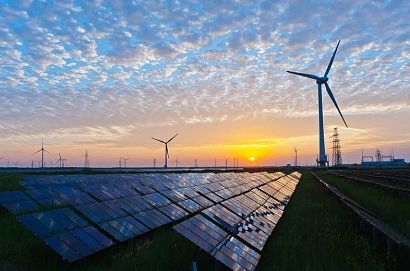
The report finds that VPPs have gained significant traction across all customer segments in recent years as distributed energy resources (DER) deployment continues to increase. VPPs can aggregate and dispatch hundreds or thousands of DER assets to balance the grid when renewable output is not sufficient.
The report provides projections segmented by VPP type and show VPP spending and revenue from 2022 through 2031.
It finds that mixed-asset VPP capacity dominates the market and in all but one region it also has the highest expected average compound annual growth rate (CAGR). Australia and Japan are expected to have the highest CAGR for total VPP capacity at 30.9 percent.
“Though still relatively new to the energy landscape, VPPs have experienced significant growth” said Dan Power, research analyst with Guidehouse Insights. “Australia and Japan have embraced VPPs through government funding, increasing competition in the marketplace, and offering more options for customers and businesses.”
VPPs are still an emerging energy technology, and as such, the market is not as mature worldwide as other, more established technologies. Other barriers to growth include customer outreach and education, customer privacy and cybersecurity, system and DER costs, and competition between transmission and distribution systems for flexibility.
The report, Market Data: Country Forecasts for Virtual Power Plants, examines the VPP market in five select countries across North America, Europe, and the Asia Pacific region. Regional-level estimates for Latin America and the Middle East & Africa are also presented. Individual projections segment capacity by VPP type and show total VPP spending and revenue in each market from 2022-2031.
For additional information:

